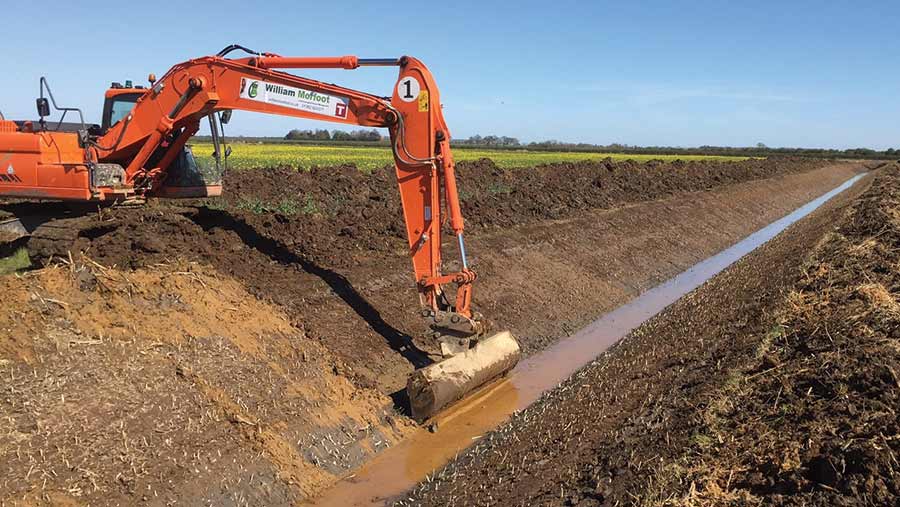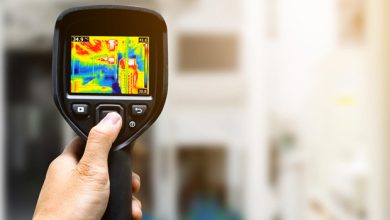How to Choose the Right Field Draining Solution for Your Land

Proper field drainage is crucial for maintaining the health and productivity of your land. Excess water can lead to soil erosion, reduced crop yields, and damage to structures without adequate drainage. The first step in choosing the right field drainage solution is assessing your land’s needs. Evaluate the soil type, topography, and the amount of rainfall your area receives. For instance, clay soils retain more water than sandy soils, affecting drainage options. Additionally, the slope of the land plays a significant role; flatter areas may require different solutions compared to sloped regions. Understanding these factors will help you select the most effective drainage system to keep your land in optimal condition.
Exploring Drainage Options
Several drainage solutions are available, each suited to different types of land and drainage issues. Standard options include surface drainage, subsurface drainage, and a combination. Surface drainage involves creating channels or ditches to redirect water from the field. This method is effective for areas with excess surface water but may require regular maintenance to prevent clogging. Subsurface drainage, on the other hand, involves installing perforated pipes below the soil surface to collect and redirect water. This method is ideal for preventing waterlogging and improving soil structure. Combining both approaches can be advantageous in managing different water flow patterns and ensuring comprehensive drainage.
Evaluating Cost and Maintenance
Consider the initial cost and long-term maintenance requirements when selecting a field drainage solution. Surface drainage systems generally have lower upfront costs but may require frequent maintenance to clear ditches and channels. Subsurface systems typically require a higher initial investment due to the cost of materials and installation but often require less ongoing maintenance. Evaluate your budget and choose a system that fits your financial constraints while meeting your drainage needs. It’s also helpful to factor in potential repair costs and the lifespan of the drainage system to ensure it provides long-term value.
Assessing Environmental Impact
Another important consideration is the drainage system’s environmental impact. Some drainage solutions can affect local ecosystems significantly if they alter natural water flow or cause soil erosion. For example, surface drainage systems that redirect water may increase erosion in nearby areas. Choosing a drainage solution that minimizes environmental disruption and complies with local regulations is essential. Consulting with local environmental authorities or land management experts can provide valuable insights into selecting a system that balances adequate drainage with environmental stewardship.
Implementing the Chosen Solution
Once you’ve selected a drainage system, the next step is to implement it effectively. Proper installation is crucial to ensure the system functions as intended and provides the desired results. If you choose a subsurface drainage system, ensure the pipes are installed at the correct depth and slope to facilitate proper water flow. For surface drainage, ensure channels and ditches are designed to efficiently direct water away from the field without causing additional issues. It’s often beneficial to consult a professional to oversee the installation process and ensure all components are correctly implemented.
Monitoring and Adjusting
After installation, continuous monitoring is essential to ensure that the drainage system performs effectively. Regular inspections can help identify any issues early, such as blockages, erosion, or system malfunctions. Monitoring the performance of your drainage solution allows you to make timely adjustments and repairs as needed. Over time, changes in land use, soil conditions, or water flow patterns may require modifications to the drainage system. Proactively monitoring and adjusting your system will help maintain its effectiveness and protect your land from water-related issues.
Considering Technological Advancements
Advancements in drainage technology can offer new solutions for managing water on your land. Modern systems often incorporate sensors and automated controls to monitor soil moisture levels and adjust drainage in real time. These technologies can enhance the efficiency of your drainage system by providing precise data on water conditions and enabling automated responses to changing weather patterns. For instance, some systems can automatically open or close drainage valves based on moisture levels, ensuring optimal water management. Incorporating these technological advancements can improve the effectiveness of your drainage solution and potentially reduce long-term maintenance efforts. Researching and investing in innovative drainage technologies might provide additional benefits and ensure your system remains effective in evolving environmental conditions.
Consulting with Local Experts
Consulting with GRO Drain Tile experts can provide valuable insights tailored to your land and climate. Professionals familiar with regional soil types, rainfall patterns, and land management practices can offer practical advice on your area’s most suitable drainage solutions. They can also help navigate any local regulations or environmental considerations that may impact your choice of drainage system. Engaging with local agricultural extension services, soil scientists, or land management consultants can help ensure your drainage system is effective and compliant with local standards. Their knowledge can also assist in identifying any potential challenges specific to your land and guide you in overcoming them to achieve optimal drainage performance.
Choosing the right field drainage solution involves understanding your land’s unique needs, exploring various options, and evaluating cost and environmental impact. By carefully assessing these factors, you can select a drainage system that effectively manages water flow, enhances soil health, and supports productive land use. Implementing and maintaining the chosen system with attention to detail will ensure its long-term success. With the right approach, you can safeguard your land against water-related challenges and optimize its potential for future use.





